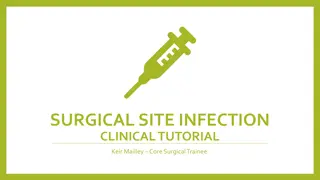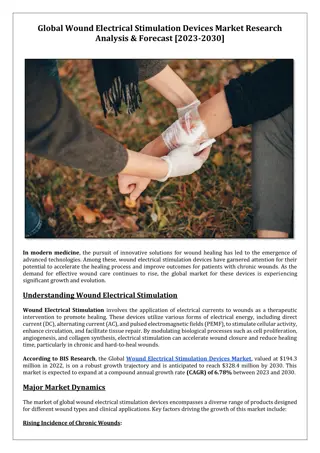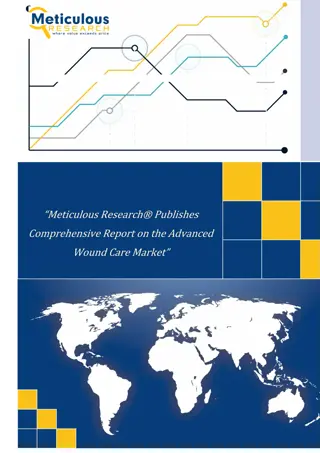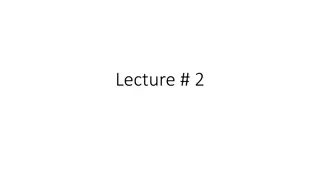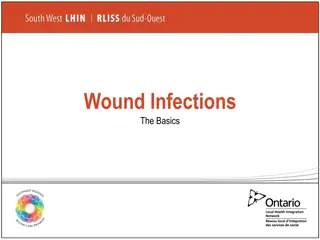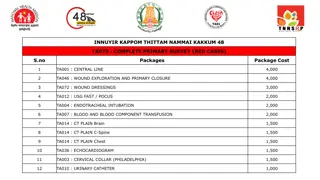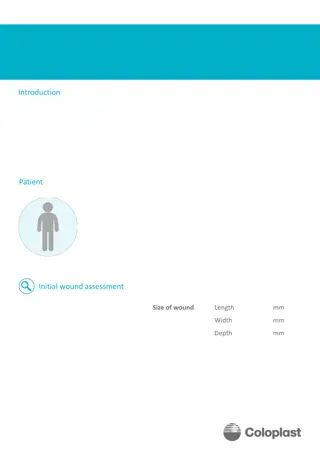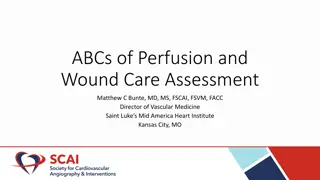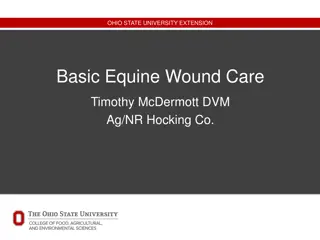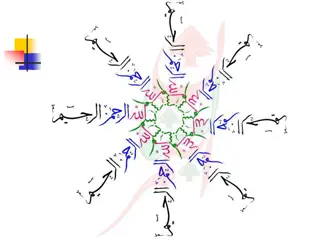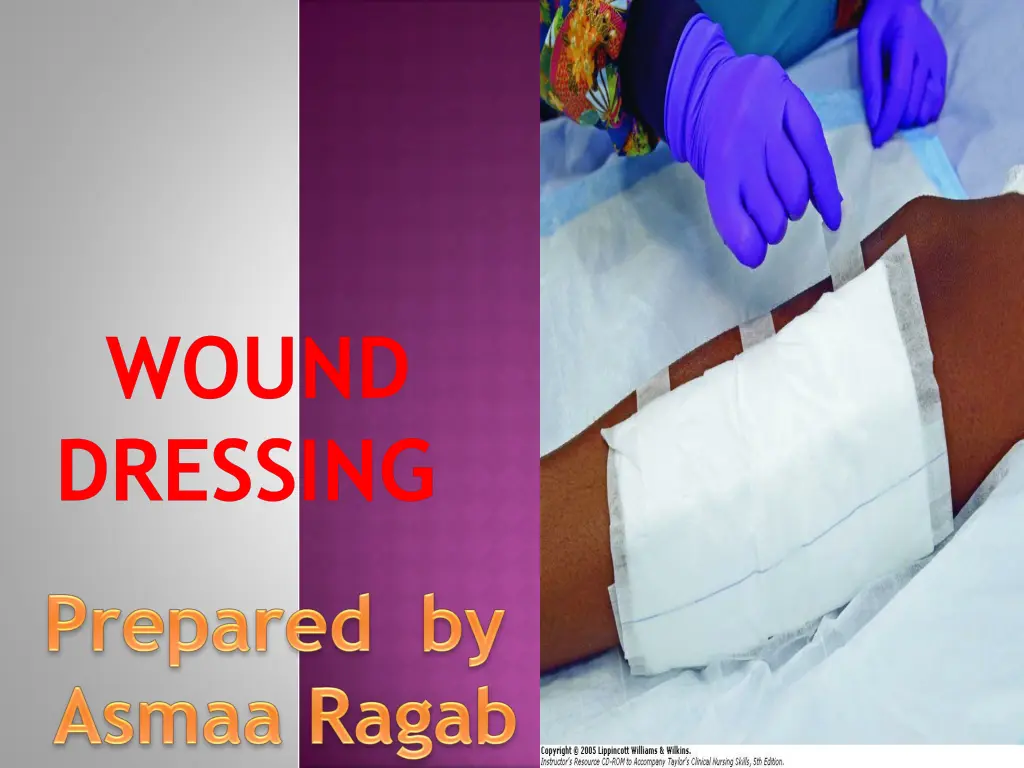
Comprehensive Guide to Wound Dressing Procedure and Care
Learn about wound dressing, including the definition, purpose, equipment needed, assessment considerations, step-by-step procedure, and performance tips to effectively manage wounds and promote healing. Follow this guide to ensure proper wound care and infection prevention.
Download Presentation

Please find below an Image/Link to download the presentation.
The content on the website is provided AS IS for your information and personal use only. It may not be sold, licensed, or shared on other websites without obtaining consent from the author. If you encounter any issues during the download, it is possible that the publisher has removed the file from their server.
You are allowed to download the files provided on this website for personal or commercial use, subject to the condition that they are used lawfully. All files are the property of their respective owners.
The content on the website is provided AS IS for your information and personal use only. It may not be sold, licensed, or shared on other websites without obtaining consent from the author.
E N D
Presentation Transcript
WOUND DRESSING
DEFINITION: Process of applying protective sterile covering of gauze of the material to wound and giving necessary care by technique.
PURPOSE 1- To promote wound healing by primary intention . 2- To prevent infection . 3- To assess the healing process 4- To protect the wound from mechanical trauma . 5- To absorb drainage. 6- To prevent contamination from bodily discharge.
EQUIPMENT -water proof bag . -Mask . -Acetone solution to loosen adhesive . -Clean gloves. -Sterile gloves . -Sterile dressing set . -Additional supplies ( extra gauze dressing , and ointment if ordered . -Adhesive tape . - Normal saline or antiseptic solution . - Disposable bag - forceps
ASSESSMENT 1- Client allergies to wound cleaning agents. 2- The appearance and size of the wound . 3- The amount and character of exudates. 4- Client complaints of discomfort. 5- The time of last pain medication. 6- Signs of systemic infection ( e.g. .elevated in body temp , malaise ) .
: PROCEDURE Preparation Identify patient and introduce your self -Explain the procedure Put the client to comfortable position Maintain privacy Open sterile field and place all equipment
PERFORMANCE 1-apply mask .gown .wash hands 2-place clean towel under working area 3-done non sterile gloves 4- Remove adhesive tape and old dressing (Use solvent to loose the tape if required ).
5-Assess the location , type and odor of the wound drainage and signs of infection. - 6-Discard the soiled dressing in the bag as before . - 7-Remove clean gloves &Wash hands or clean with antiseptic solution . -
8- Setup sterile supplies . - Open the sterile dressing set using aseptic technique . - Place the sterile drape beside the wound . - Open the sterile cleaning solution pour it over the gauze sponges . 9- Put on sterile gloves .
10- Clean the wound -Clean the wound using your gloved hands or forceps and gauze swabs moisture with antieseptic solutions. -Clean from least contaminated to most contaminated area -Use the cleaning method . - Use a separate swab for each stroke and discard each swab after use .
-If drain is present , clean the skin around the drain site by swabbing it half or circle . -Dry the surrounding skin with gauze swab as required .do not dry wound or incision itself 11- Apply antiseptic ointment If prescribed
9- Apply dressing to the drain site and incision. -Apply the sterile dressing one at a time over the drain and incision Apply second layer if needed -remove gloves and dispose of them . -Secure the dressing with tape or tie. - Wash your hands. -Document the procedure and all nursing assessment . -Pt in comfortable position
IRRIGATION WOUND Definition: Washing or flushing out of wound\ Goal : To clean wound Equipments: AS dressing Sterile irrigating syringe 2 Sterile basin
If the wound itself needs cleaning, use a syringe primed with solution in one hand and a gauze swab on the skin below the wound in the other. Making sure that neither the syringe nor gauze come into contact with the wound, allow the solution to flow into the wound, collecting the solution in the gauze swab held below the wound.or in basin
Pour sterile irrigation(200-500 ml) in Container Done sterile gloves Basin below wound to collect irrigation fluid Fill syringe ..direct stream of solution into wound Continue until cleaning Dry Apply dressing Remove gloves document

